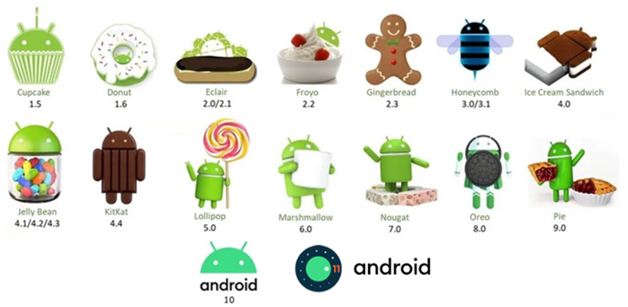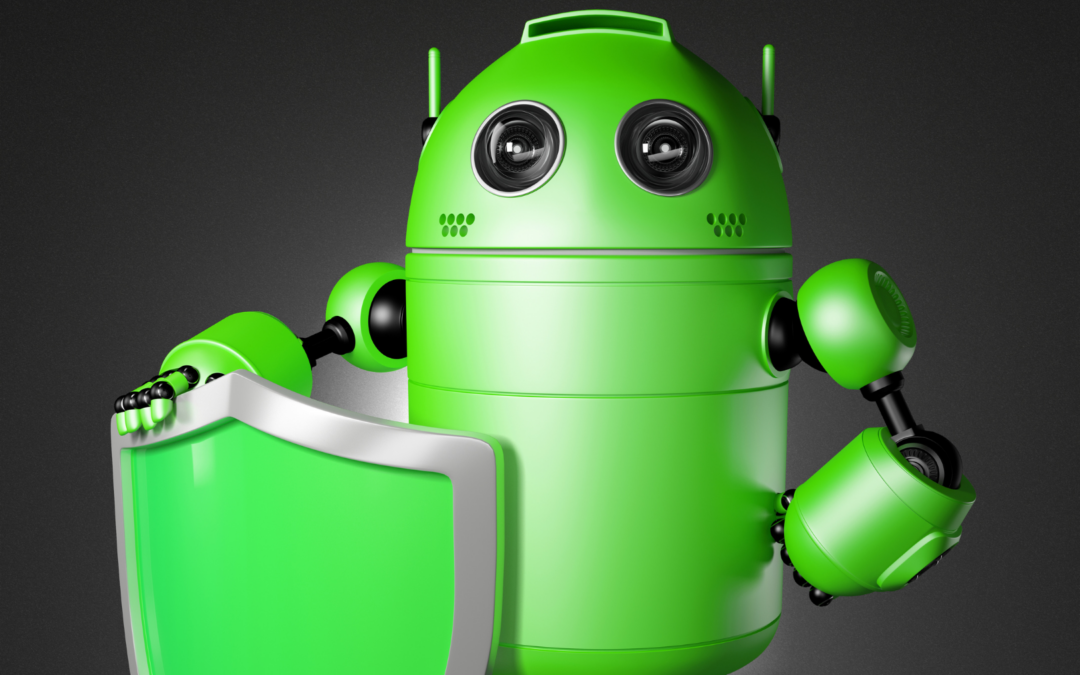Introduction to Android

What Is Android?
Android is creating a versatile stage which is created by Google. It’s open-source computer program accessible for all.
The Android operating framework is outlined for a touchscreen portable with a smartphone. It’s too accessible for creating an application in androids like Android portable apps, android TV, Android Watch, Digital camera, Android Outline, and numerous more. The android underpins two languages, specifically Java and Kotlin.
Introduction to Android History

Android Inc. originally created Android, and later on, Google bought Android in 2005. Then, in 2007, Google unveiled Android, with the first commercial Android device launching in September 2008.
Furthermore, the core Android source code is known as the Android Open-Source Project (AOSP), which is primarily licensed under the Apache License.
Android operating system is one of the bestselling OS for a smartphone. Android is one of the official OS of Google US, which is accessible for open source for public utilize.
The Android OS is accessible for more than 100 languages with bolstered stage 32-bit and 64-bit ARM. Andy Rubin, Rich Miner, Nick Sears, and Chris White established Android Inc. in Palo Alto, California, in October 2003. Rubin described the Android extend as huge potential in developing smarter portable gadgets that are more mindful of its owner’s location and inclinations.
Features of Android
- Useful network with others assets like GSM/EDGE, IDEN, CDMA, EV-DO, UMTS, Bluetooth, Wi-Fi, LTE, NFC, and WiMAX.
- Extra highlights of the catchphrase the android bolster multiple keyboards and makes them simple to introduce; the SwiftKey, Skype, and 8pen apps all offer ways to alter up your console style quickly.
- They bolster numerous media designs for video sound and images like H.263, H.264, MPEG-4 SP, AMR, AMR-WB, AAC, HE-AAC, AAC 5.1, MP3, MIDI, Ogg Vorbis, WAV, JPEG, PNG, GIF, BMP, and many more.
- Multitasking include makes a difference the clients to hop from one assignment to another assignment at same time.
- There is Wonderful UI with optimized design and handset layout for users.
- It is User-friendly for a client and exceptionally simple to utilize besides anytime.
- It is a Lightweight capacity of the SQL Lite database.
- Live spilling media support.
- They moreover back cloud base database with firebase connectivity for expansive scale database.
- User-friendly widgets, the widgets are resizable, so clients can expand them to appear more substance or recoil them to spare space.
Why Develop for Android?
The Android OS is currently the most popular OS in the world today, running on everything from watches to HD smartphones to touchscreen tablets to eBook readers to interactive television sets. Since people all over the world own billions of Android consumer electronics devices, you might find developing applications for them to be an extremely lucrative undertaking, provided you have the right concept and design. Here are the few reason to develop app for android.
A. Market Share
As a engineer, you have an opportunity to create apps for a decently new Users don’t have to go looking the Web to discover an app to install. Android is as of now set to outpace numerous other carriers in showcase share in the industry in coming months.
They fair essentially go to the Android Advertise that is preinstalled on their gadget, and they have got to all your apps.
After you’ve marked up with the Android Advertise, fair transfer your apps and distribute them.
It’s not difficult to see an app’s number of downloads take off in fair a few days.
Because the Android Showcase comes preinstalled on most Android gadgets (I examine a few exemptions afterward), clients ordinarily look the Android Showcase for all of their app needs.
B. Time to market
With all the application programming interfacing (APIs) that Android comes stuffed with, it’s simple to create full-featured applications in a moderately brief time outline. Keep in mind that Android clients come from different regions of the world and are in all age categories.
After you’ve marked up with the Android Advertise, fair transfer your apps and distribute them.
Technically, anybody can distribute anything, but it’s great for your apps to keep inside Google’s terms of benefit and keep your apps family-friendly.
Unlike other portable marketplaces, the Android Advertise has no app-approval process.
As you can envision, the openness of Android is permitting it to pick up advertise share quickly.
All equipment producers and suppliers can make and offer Android devices.
This moreover puts all engineers on an indeed playing field.
The open-source code permits phone producers to make custom client interfacing (UIs) and include built-in highlights to a few gadgets.
C. Open platform
The Android operating system is an open platform, meaning that it’s not tied to one hardware manufacturer or provider.
Android is able to gain market share quickly because of its openness. All manufacturers and providers can build and sell Android devices.
The Android source code is available for you to view and/or modify. In fact, you can easily view it by clicking here.
The open-source code allows phone manufacturers to create custom user interfaces (UIs) and add built-in features to some devices. This also puts all developers on an even playing field. The raw Android source code is accessible to all
D. Cross Compatibility
Android can run on various contraptions with differing screen sizes and resolutions. Besides being cross-compatible, Android comes with the tools that help you develop cross-compatible applications. Google allows your apps to run only on compatible devices. If your app requires a front-facing camera, for example, only phones with a front-facing camera will be able to see your app in the Android Market. This arrangement is known as feature detection.
For Android devices to be certified compatible (devices have to be compatible to have access to the Android Market), they must follow certain hardware guidelines. These guidelines include but are not limited to the following:
1 Camera
2 Compass
3 GPS (Global Positioning System)
4 Bluetooth feature
E Mashup Capability
A mashup combines two or more services to make an application. For instance, you can create a mashup by utilizing the camera and Android’s location services to take a picture with the correct location displayed on the image. Furthermore, it’s simple to create a ton of apps by combining services or libraries in new and exciting ways. Additionally, you can explore various innovative approaches to enhance the functionality and appeal of your applications.
You can utilize a maps API with the contact list to appear all your contacts on a outline.

